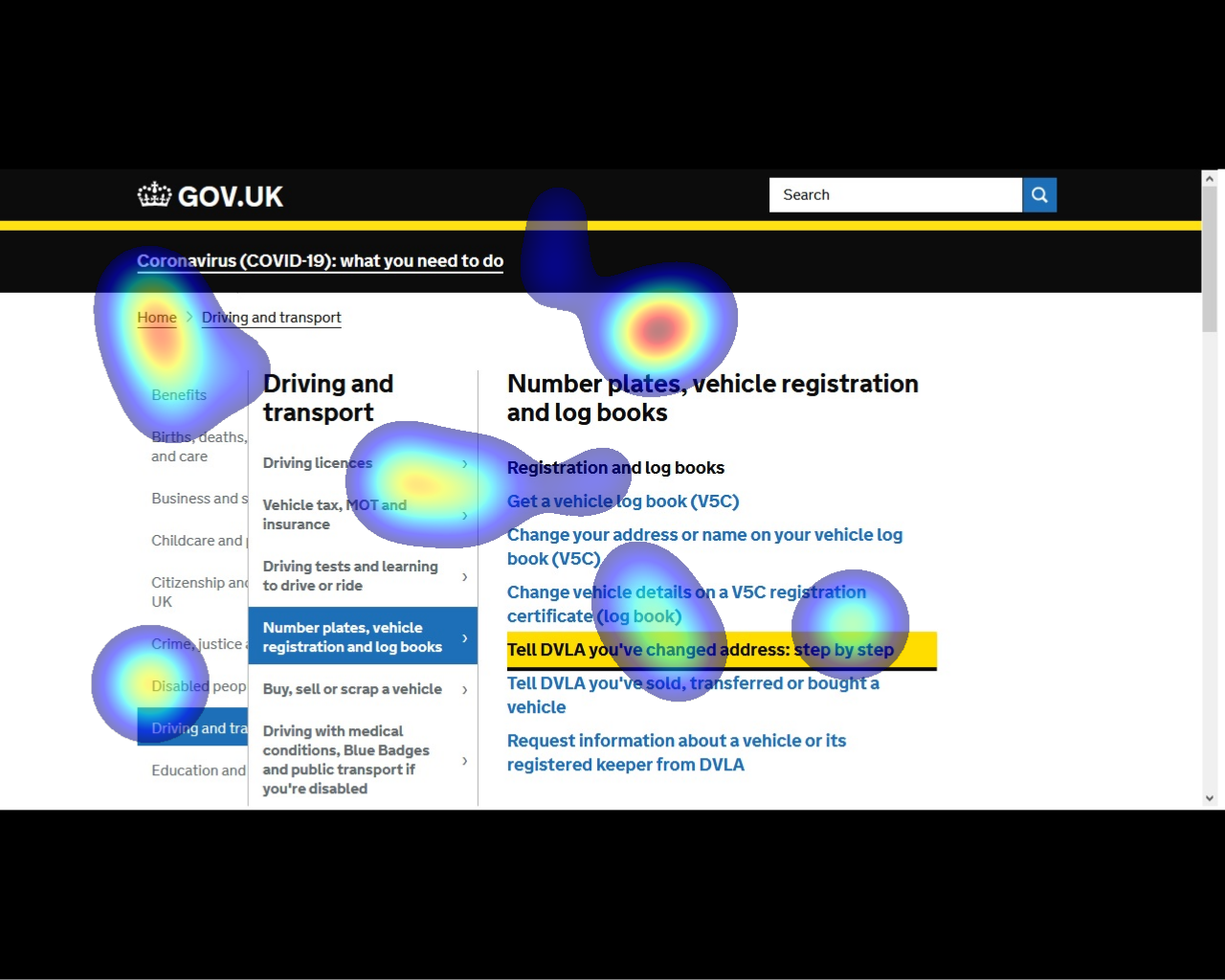Use the most reliable and effective method for discovering usability problems.
Usability testing involves getting users to do tasks with a product then observing what problems they encounter. It may also involve measuring task performance, especially when making comparisons between designs or benchmarking products.
Different kinds of usability testing are listed below. Click the links or scroll down for more details.
How Can I Help?
- Advise on a research plan given your needs, goals and budget
- Design the study
- Setup and carry out the study if moderated
- Analyse the data using qualitative and/or statistical methods
- Produce an actionable report and/or oral presentation
Lab Usability Testing
What does it involve? Testing products in a controlled lab setting. Normally, user behaviours are recorded such as think-aloud protocols, device interactions or eye-movements.
Why should you do it? To investigate and evaluate the usability of products under controlled experimental conditions. Lab testing is a good choice if you want to test a specific hypothesis about a product's design. The method may also be preferred when you plan to do things that cannot be done remotely (e.g. eye-tracking).

Remote Usability Testing
What does it involve? Testing participants using a remote online testing tool. These tools typically provide a video and audio recording of participants thinking aloud while they carry out tasks with a product. Feedback may be gained through an online questionnaire after tasks are completed.
Remote usability testing may or may not involve an online moderator. When a moderator is absent many participants can be tested together but the quality of the data may decrease.
Why should you do it? It's a cheaper alternative to lab usability testing. It's a good option when you want to test users who are at distant geographical locations. It also allows the possibility of a remote session to be performed in the user's work environment while at their PC.
Guerrilla Usability Testing
What does it involve? Recruiting and testing participants in public places such as cafes and libraries. Participants carry out one or more tasks with a product while the researcher records the problems that they encounter. At the end of the session, participants give feedback on the product.
Why should you do it? It's a good option in iterative prototype development to get quick and low-cost usability feedback on prototype products. It can be employed multiple times in iterative prototyping with a small number of participants (e.g. 5) on each occasion.
Five Second Test
What does it involve? Presenting the design of a product to a user for five seconds (or some other short interval). The user then answers questions about how they think the product is used, its purpose, trustworthiness, branding etc. It's motivated by research suggesting that users make decisions about whether to stay or leave a website within a few seconds. It may be conducted online or in a lab.
Why should you do it? To evaluate the initial impression of a product design (e.g. webpage, wireframe, app etc.). It's a relatively quick and easy method to carry out and analyse.